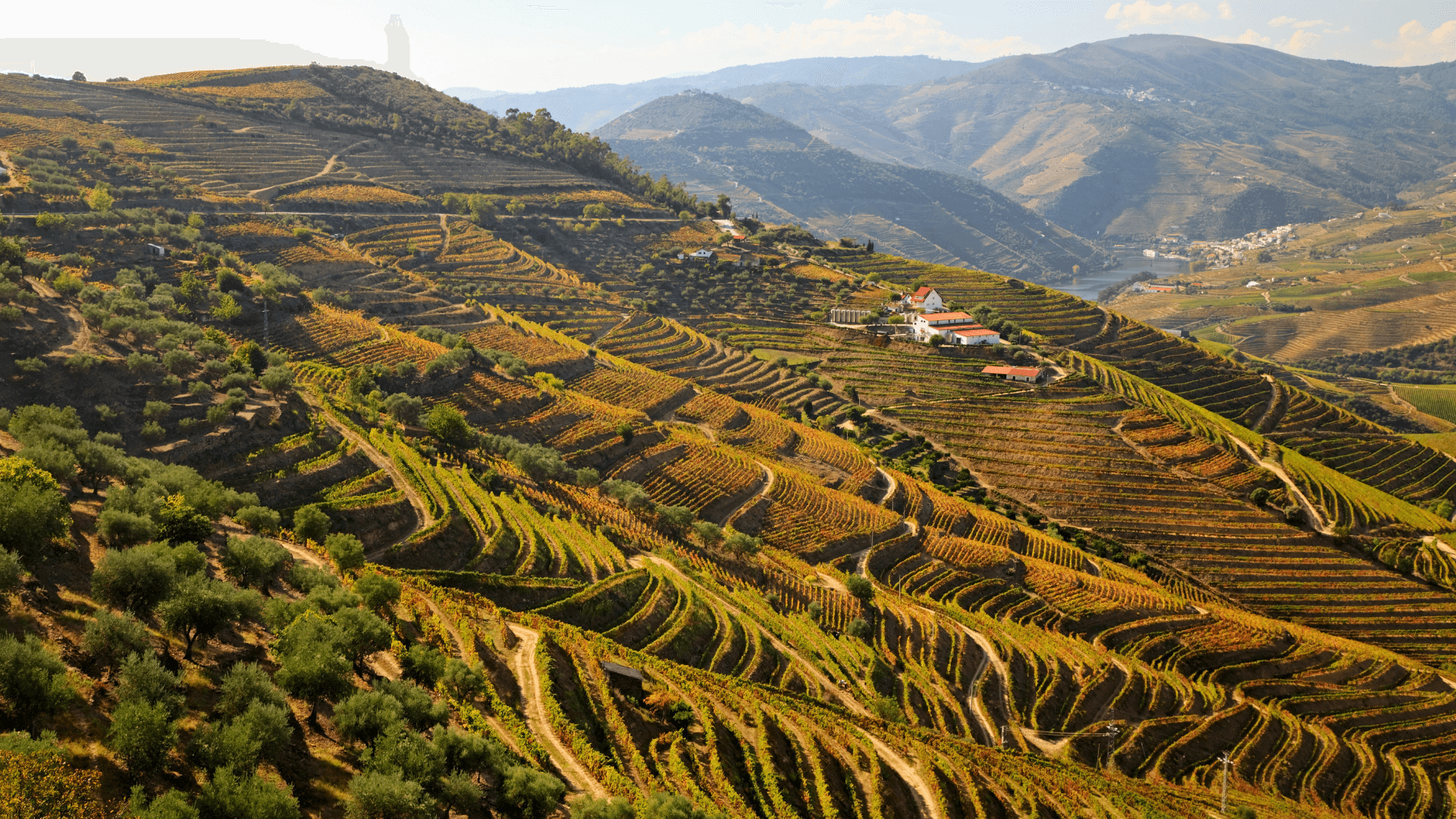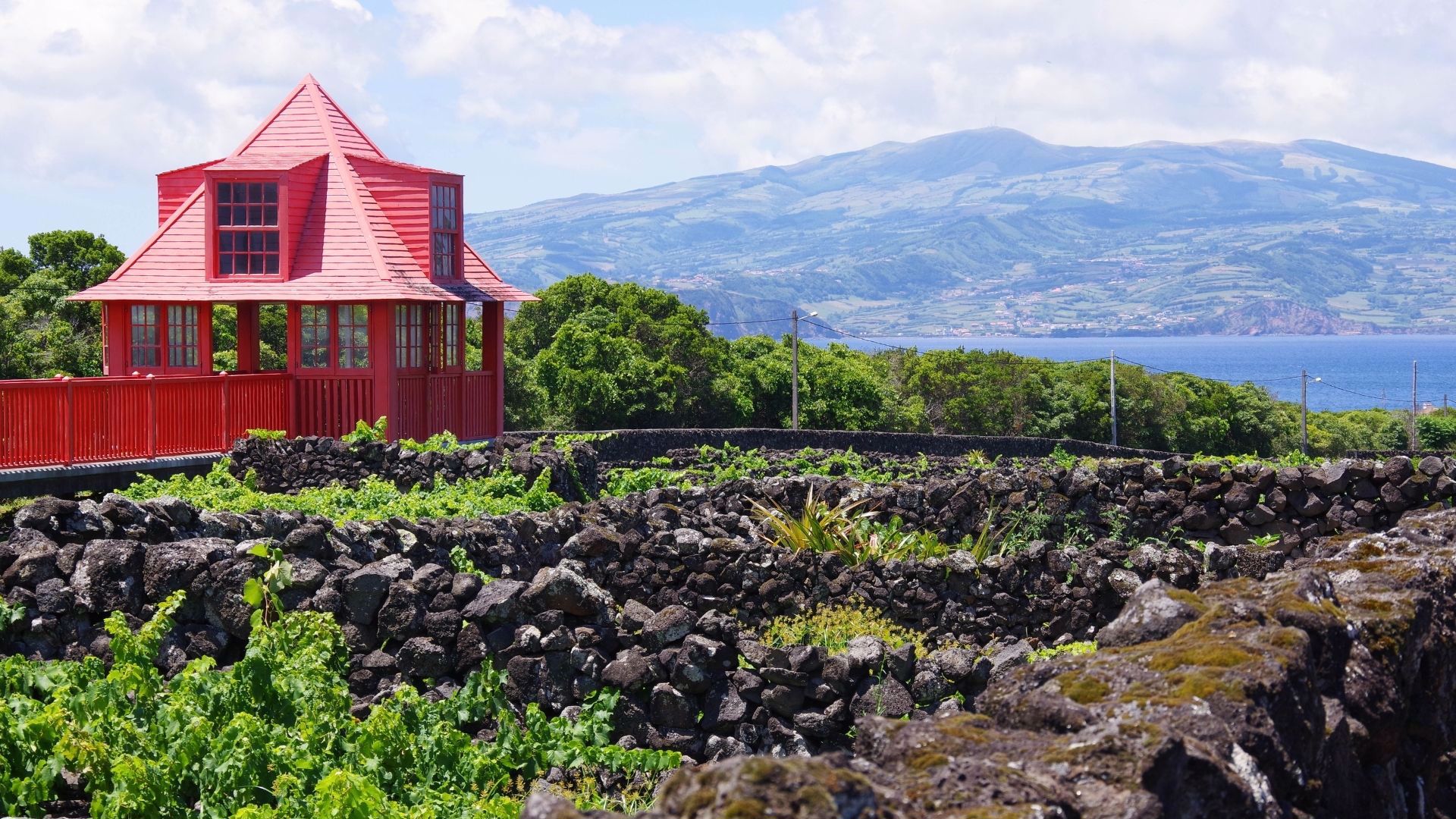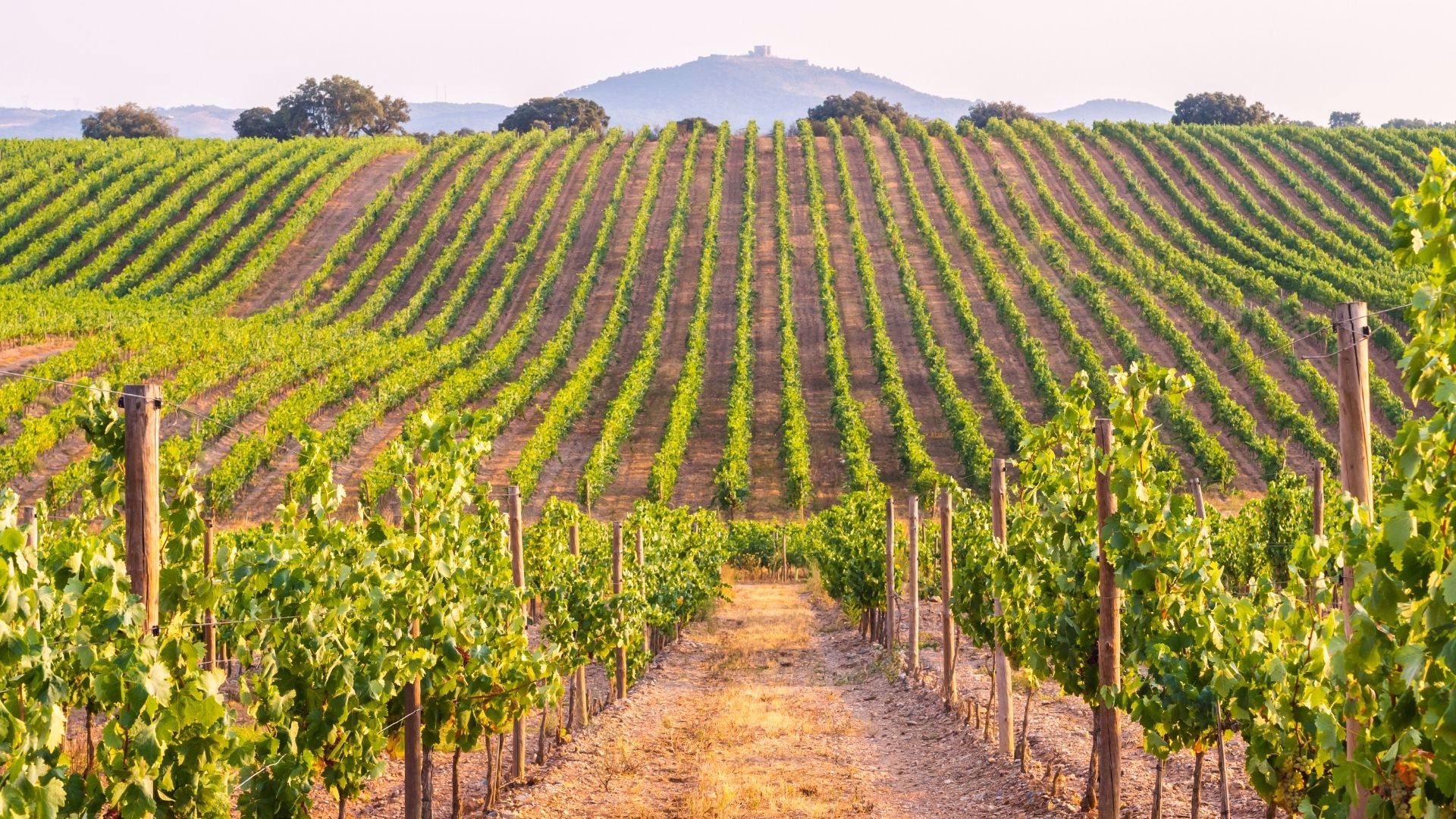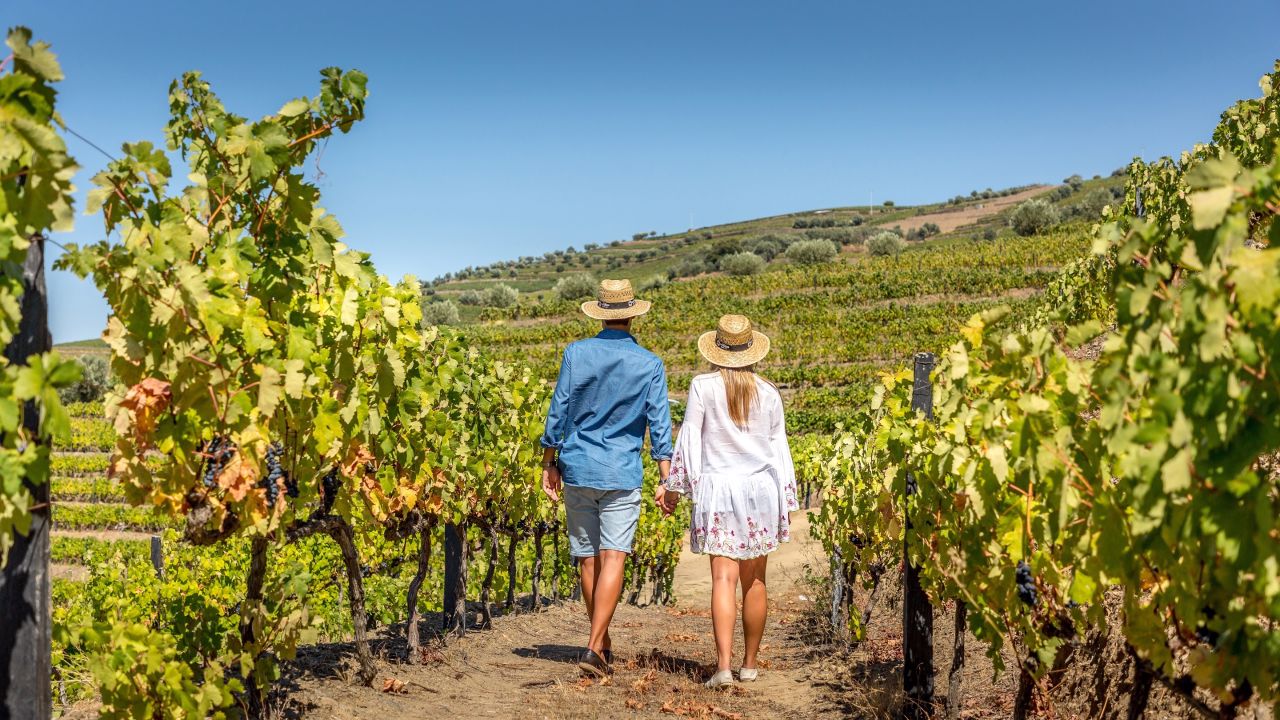The different terroir of Portugal, be it the terraces of the Douro Valley or the vast plains of the Alentejo, form the roots of an exceptional production. There are few wines like the Portuguese. And there are so many Portuguese wines.
It was in the Douro region that Portugal began to realise the importance of producing wines of excellence. Thus, in 1756 the first demarcated wine region in the world was created, the cradle of what is Portugal's most famous nectar: Port wine.
It was the beginning of a story of innovation and resilience that remains to this day in the Douro, a region now also recognised for its fantastic table wines, as powerful and overwhelming as the landscape from which they emerge. A landscape of vineyards that is a UNESCO World Heritage Site.

But Douro wines are not all the same, and each sub-region (Baixo-Corgo, Cima-Corgo and Douro Superior) has its own characteristics. Like the vineyards closest to the river, protected from the harshest winds, which provide the best vintages and exceptional harvests, or the hot, dry air that blows in the Alto Douro Vinhateiro (Upper Douro Valley), making for dense, powerful wines.
The rich complexity of the wines produced here makes the Douro unique and unforgettable.
Yes, it's true. Vinho Verde, or “green” wine, is unique in the world. It is only produced in Portugal, in a narrow strip of territory in the north, where the explosion of green from the Minho flows into the surroundings of the Vouga River. The Vinho Verde wine region produces a unique, subtle wine that is easy to drink, but no less complex.
The vineyards are mainly concentrated along the rivers, next to abundant green landscapes and a large part of the region has granite-formed soils. The Atlantic winds and heavy rainfall in the region make the Vinho Verde wines slightly acidic, light and fresh.
And within vinho verde there are also categories and differences. Like Alvarinho, for example, with its own sub-region in the municipalities of Monção and Melgaço. They are specific crops and different processes. No two wines are alike.
In the far northeast of Portugal, beyond the mountains, is the wine region of Trás-os-Montes, which is divided into three sub-regions: Chaves, Valpaços and Planalto Mirandês.
Here the climate is dry and very hot in summer. Winters, on the other hand, are extremely cold, with thermometers often reading below zero. The soils are essentially granite with various patches of schist and there are vineyards planted at an altitude of 700 metres.
Currently, this is where you can find Portugal's highest vineyard. It is located in Montalegre and is at an altitude of 1070 metres. The result of this terroir is red wines that are fruity and slightly bitter, while white wines are characterised by their softness and floral aroma.

The Dão: elegant wines full of character
The Dão is one of Portugal's oldest wine regions and the birthplace of the Touriga Nacional grape variety, which is the basis of some of the most extraordinary wines produced in the country. A demarcated region since 1908, Dão has fought for its place amongst the elite of Portuguese wines.
Surrounded by three imposing mountain ranges (Estrela, Caramulo and Nave), the Dão terroir has a wide temperature range, despite the generally mild climate. The sandy granite and schist soils are the ideal combination for the production of wines of unmatched quality.
Portugal also produces superior-quality sparkling wines. This type of terroir is found in the small demarcated region of Távora-Varosa, which owes its name to the two rivers named after it.
Granite, litholic and transitional soils produce fresh wines with some acidity. This is the perfect environment for the production of exceptional sparkling wines, which age in spectacular cellars dug out of the steep surrounding hills.
The Azores are true wonder in terms of beauty in Portugal. This region also produces very high-quality wines, the result of the abundance that the volcanic soils bring to the crops, the maritime climate and the mild temperatures throughout the year.
The Azores possess a unique terroir, whose soil helps produce three designations of origin: Pico Island, Graciosa Island and Biscoitos (on Terceira Island). These are wines that have been gaining increasing recognition, full of freshness and complex aromatic notes. A mirror of the spectacular Azores.

The Algarve: sun-drenched vineyards
Algarve wines come from a typically hot terroir that receives more than 3000 hours of sunshine throughout the year. It is not by chance that it is one of the most sought-after holiday destinations in Portugal. Another major factor in this region is the close proximity to the sea, which gives a greater freshness and acidity to the grapes used in the region's wines.
Many well-known varieties are used. They range from Touriga Nacional to Syrah, Cabernet Sauvignon and Verdelho, ideal for the mild temperatures and the Atlantic breeze felt in the Algarve. The predominantly sandy soils, which make for fruity wines with a delicate, persistent and fine aroma, are of crucial importance for the success of this terroir.
The Alentejo, a land of endless plains and beautiful golden wheat fields, was once considered Portugal's bread basket. As time went by, the crops became more diversified and it is now one of Portugal's main wine-growing regions.
The schist, clay, marble, granite and limestone soils, beaten by the summer wind or the dry cold of winter, help shape a terroir that yields red wines that are generally very fruity and smooth. Whites, on the other hand, are soft, slightly acidic and with a fruity aroma.






